Since its inception, ‘What Car?’ magazine has been a pivotal voice in the automotive industry, offering comprehensive reviews and insights into the latest cars. Their annual ‘Car of the Year’ awards, a tradition since 1978, have become a benchmark of excellence, guiding consumers in their car buying decisions. These awards celebrate not just engineering prowess, but also the practicality and satisfaction a car brings to its owner.
The ‘Car of the Year’ accolade is not awarded lightly. ‘What Car?’ employs a rigorous set of criteria to determine each year’s winner. These criteria include performance, comfort, safety, economy, and reliability. Beyond the tangible metrics, the awards also consider the value for money and the car’s ability to meet the needs of the average consumer. This comprehensive approach ensures that the winner sets a standard in both innovation and practicality.
Showcasing Two Decades of Automotive Excellence (1978-1998): The focus of our retrospective is on the period from 1978 to 1998, a transformative era in the automotive world. This was a time when technology, design, and consumer expectations evolved rapidly. Our rundown of ‘Car of the Year‘ winners during these years not only highlights the best of automotive engineering but also reflects the changing tides in car manufacturing and consumer preferences.
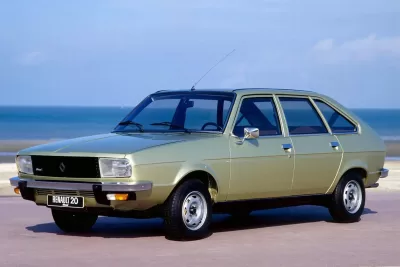
1978 – Renault 20
In 1978, the Renault 20 triumphed as the inaugural winner of the ‘Car of the Year’ award, impressing with its vast interior, spirited performance, and attractive pricing. Debuted in 1975, this executive saloon, retailing at a modest £4724 for the 2.0 TS model, marked a high point in car design. It outshone formidable contenders like the Alfa Romeo Alfasud, Lancia Beta, and Saab 99 Turbo. The Renault 20, which remained on sale until 1984, set a high standard for subsequent award winners with its blend of affordability, spaciousness, and driving enjoyment.
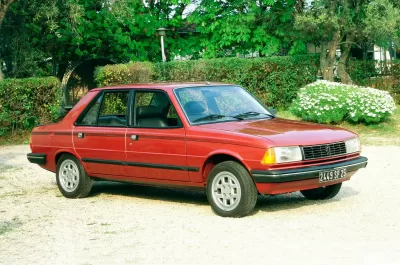
1979 – Peugeot 305
The Peugeot 305, crowned in 1979, offered a blend of luxury and practicality uncommon in cars of its class. Its saloon, estate, and van variants delivered an upscale driving experience at an alluring price point despite some quirks like the perplexing controls and a gearbox that tended to whine. Regarded for its refined demeanour, the 305 stood out for its’ class unusual in 1300cc cars,’ and for those desiring extra verve, the sprightly SR model was at hand.
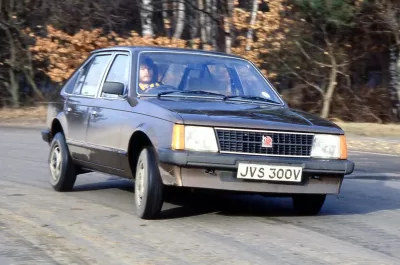
1980 – Vauxhall Astra
In 1980, the debut of the Vauxhall Astra marked a significant stride for the brand in the competitive family car segment. It was lauded for its spirited handling, comparable to the zest of an Alfa Romeo Alfasud, yet trumping in practicality with greater interior space than its rival, the Volkswagen Golf. This balance of dynamism and practicality helped the Astra clinch the title.
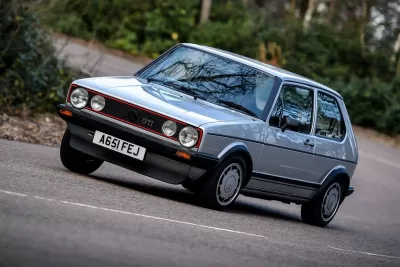
1981 – Volkswagen Golf GTI
The VW Golf GTI hailed as the 1981 ‘Car of the Year’, represented a major shift from the Beetle, introducing a modern front-wheel-drive system. Renowned for setting a benchmark in quality that endures to date, the Golf GTI was celebrated for seamlessly combining sporty flair with family practicality.
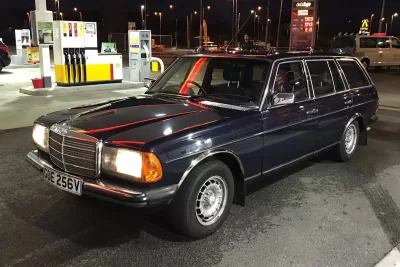
1982 – Mercedes 200T
The 1982 Mercedes 200T, a member of the venerable W123 series, earned praise for its dynamic 2.0-litre engine and the synonymous luxury and build quality of the brand, yet stood out for its value against executive competitors like the Ford Granada. It was lauded for delivering Mercedes’ hallmark quality and prestige in a practical estate format at a reasonable price.
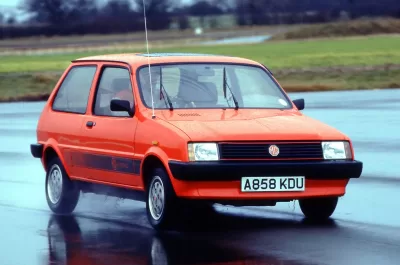
1983 – MG Metro
In 1983, the MG Metro, a true British icon from British Leyland and later Rover, clinched our ‘Car of the Year’ title, marking the first victory for a homegrown contender. Celebrated for its affordability, the MG Metro offered an exhilarating driving experience with nimble handling without compromising on practicality for daily use. Its popularity soared, selling at double the expected rate, a testament to its appeal among enthusiasts of spirited driving.
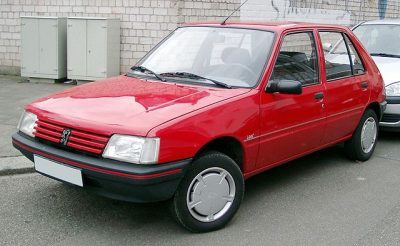
1984 – Peugeot 205 GR
In 1984, the Peugeot 205 GR was a revelation, a practical hatchback that laid the groundwork for the legendary 205 GTI. Praised for its driving pleasure even in standard guise, it stood out with a fuel-efficient engine capable of 40mpg, partly thanks to its five-speed gearbox—a notable advantage over four-speed rivals like the second-generation Volkswagen Polo.
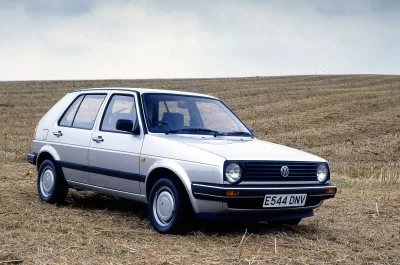
1985 – Volkswagen Golf GL
In 1985, the Volkswagen Golf claimed the top spot again, this time with the GL trim level of its Mark II Golf. Its 1.6-litre petrol engine delivered a lively performance, complemented by impressive fuel efficiency, achieving over 30mpg in regular driving and up to 40mpg on motorways. However, the car did have its drawbacks, including inadequate ventilation.
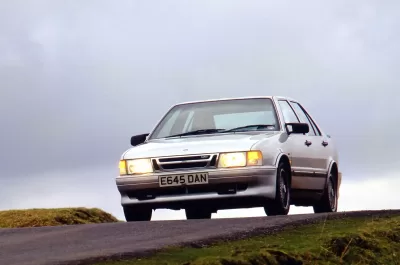
1986 – Saab 9000 Turbo 16
The Saab 9000 Turbo 16 soared to the forefront in 1986, blending exhilarating turbo performance with agile handling and the practicality of a roomy hatchback. It wasn’t just the Best Director’s Car for the year; it claimed the overall ‘Car of the Year’ title for its exceptional combination of attributes.
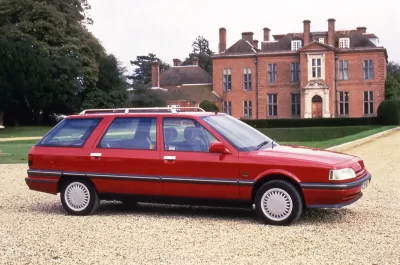
1987 – Renault 21 Savanna GTX
In 1987, the Renault 21 Savanna GTX was more than just a family estate; it was a synthesis of refinement, speed, and spaciousness, topped with the option for a third row of seats. It was hailed for its versatile estate design, which combined practical family needs with a touch of performance, earning it praise as ‘the best of many worlds.’ The Savanna GTX stood out in its class for offering a comprehensive package that was stylish, roomy, and delightfully swift.
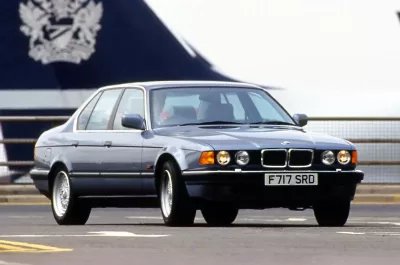
1988 – BMW 7 Series 735i
The 1988 BMW 7 Series 735i, with its impressive 205bhp and a top speed of 144mph, redefined luxury driving. It was not just a spacious, chauffeur-driven limousine but also a driver’s delight, offering robust performance and engaging handling. Remarkably, it was almost £25,000 less expensive than its V12 sibling, the 750iL, making it a more accessible option without compromising on the luxury and performance expected from the BMW 7 Series.
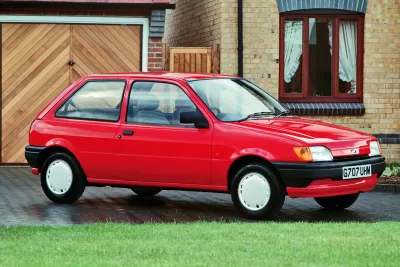
1989 – Ford Fiesta 1.1L
In 1989, the Ford Fiesta 1.1L stood out with both three- and five-door options, as well as improvements like more fuel-efficient engines and revamped suspension. These enhancements set new benchmarks in ride and handling within the small car category. Ford effectively addressed the initial model’s minor issues, thus crafting a small car that was not only highly functional but also a benchmark in its class.
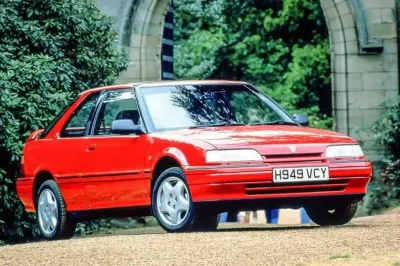
1990 – Rover 214 Si
The Rover 214 Si, launched in 1989, was a crucial model for Rover, developed in collaboration with Honda. It stood out for its remarkable interior space and luxury, embodying the hopes for the brand’s future. Despite its merits, it unfortunately wasn’t enough to save Rover, which went into administration in April 2005.
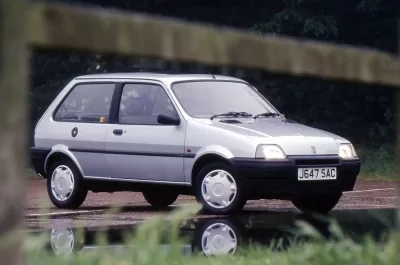
1991 – Rover Metro 1.1L
The Rover Metro 1.1L, under Rover’s banner rather than British Leyland, reclaimed the ‘Car of the Year’ title in 1991. Rover addressed and rectified the original Metro’s flaws, resulting in a vehicle that was enjoyable to drive, comfortable over long distances, and smooth in operation. In the competitive small car segment, it successfully held its own against rivals like the Peugeot 205 and Renault Clio.
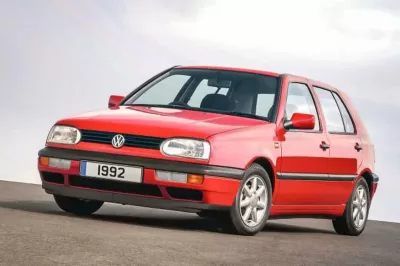
1992 – Volkswagen Golf 1.8 GL
In 1992, it was the third time lucky for VW. Their third-generation Golf scored a hattrick for the German marque. This Golf was praised for its understated yet sophisticated design, embodying confidence and eschewing flashiness in favour of reliability, quality, and durability. This victory marked another accolade for Volkswagen, reinforcing the Golf’s status in the automotive world.
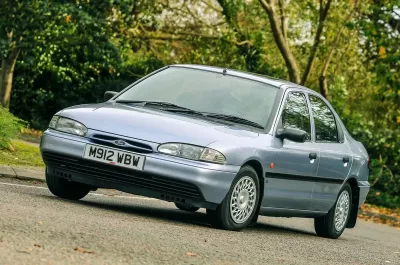
1993 – Ford Mondeo 1.8 GLX
The Ford Mondeo 1.8 GLX quickly became a leader in the family car category, surpassing competitors like the Nissan Primera, Peugeot 405, and Vauxhall Cavalier. It was particularly noted for its superior interior quality and refinement. A standout feature was the inclusion of a standard driver’s airbag, a safety element that was not commonly offered by its rivals at the time.
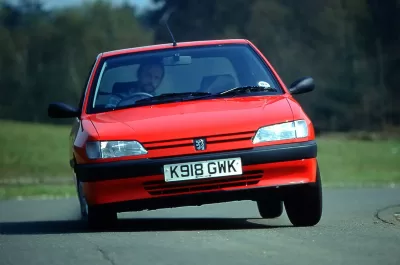
1994 – Peugeot 306 1.6 LX
In 1994, the Peugeot 306 1.6 LX was lauded for its superb performance on motorways, exceptional handling, and excellent braking system. It also excelled in safety, equipped with side-impact door beams and the option for anti-lock brakes. Moreover, its low insurance rating made the 306 one of the most economical hatchbacks to own during that period.
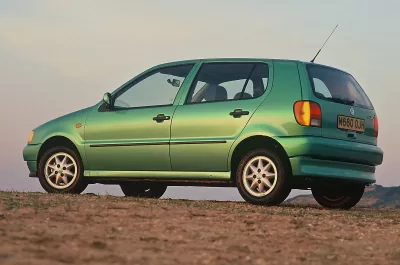
1995 – Volkswagen Polo 1.3 CL
The 1995 Volkswagen Polo 1.3 CL, a third-generation model, significantly increased in size, challenging even larger class cars in terms of space, practicality, refinement, comfort, safety, and equipment. It was recognized as a dominant class leader, anticipated to maintain its superiority for a considerable time.
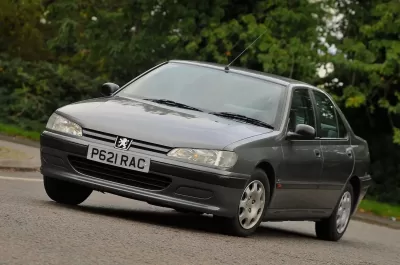
1996 – Peugeot 406 2.0 LX
In 1996, the Peugeot 406 2.0 LX stood out in a year crowded with new car launches. It was praised for being superior in its class in almost every aspect, except for top-end performance and rear-seat space. This acknowledgement underscored its exceptional quality in a competitive market.
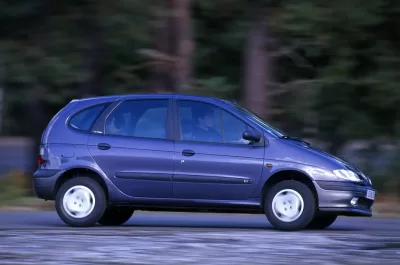
1997 – Renault Megane Scénic 1.6 RT
The Renault Megane Scénic 1.6 RT, the original Scenic, was a game-changer, creating the compact MPV segment. It offered vast room and versatility within the footprint of a conventional hatchback, combining a spacious five-seat layout with a large boot. Not only was it enjoyable to drive, but it also featured ample clever storage solutions and was priced just £1400 above the contemporary Renault Megane hatchback, making it an even more attractive option.
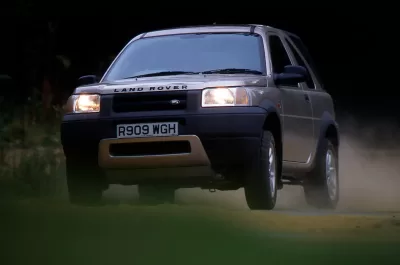
1998 – Land Rover Freelander 1.8i
In 1998, the Land Rover Freelander 1.8i marked a new direction for the brand, appealing to a broader market and earning our top award. This SUV offered a less off-road-centric approach while retaining the coveted high driving position and practicality of 4x4s. Its immense popularity is evident, with many still available in the used car market.
As we journey through the evolution of cars from 1978 to 1998, each ‘Car of the Year’ winner reflects not just advancements in automotive technology and design but also changing consumer preferences and lifestyles. These cars, ranging from family hatchbacks to luxury saloons, highlight an era of significant growth and innovation in the auto industry, leaving a lasting impact that shapes even today’s car market. This retrospective offers a fascinating glimpse into two decades of automotive excellence and the enduring legacy of these iconic vehicles. The only question is, which one is the true winner in your eyes?
What Car? Continue the journey through to last year’s car of the year winner over on their website. You can view the full list here.

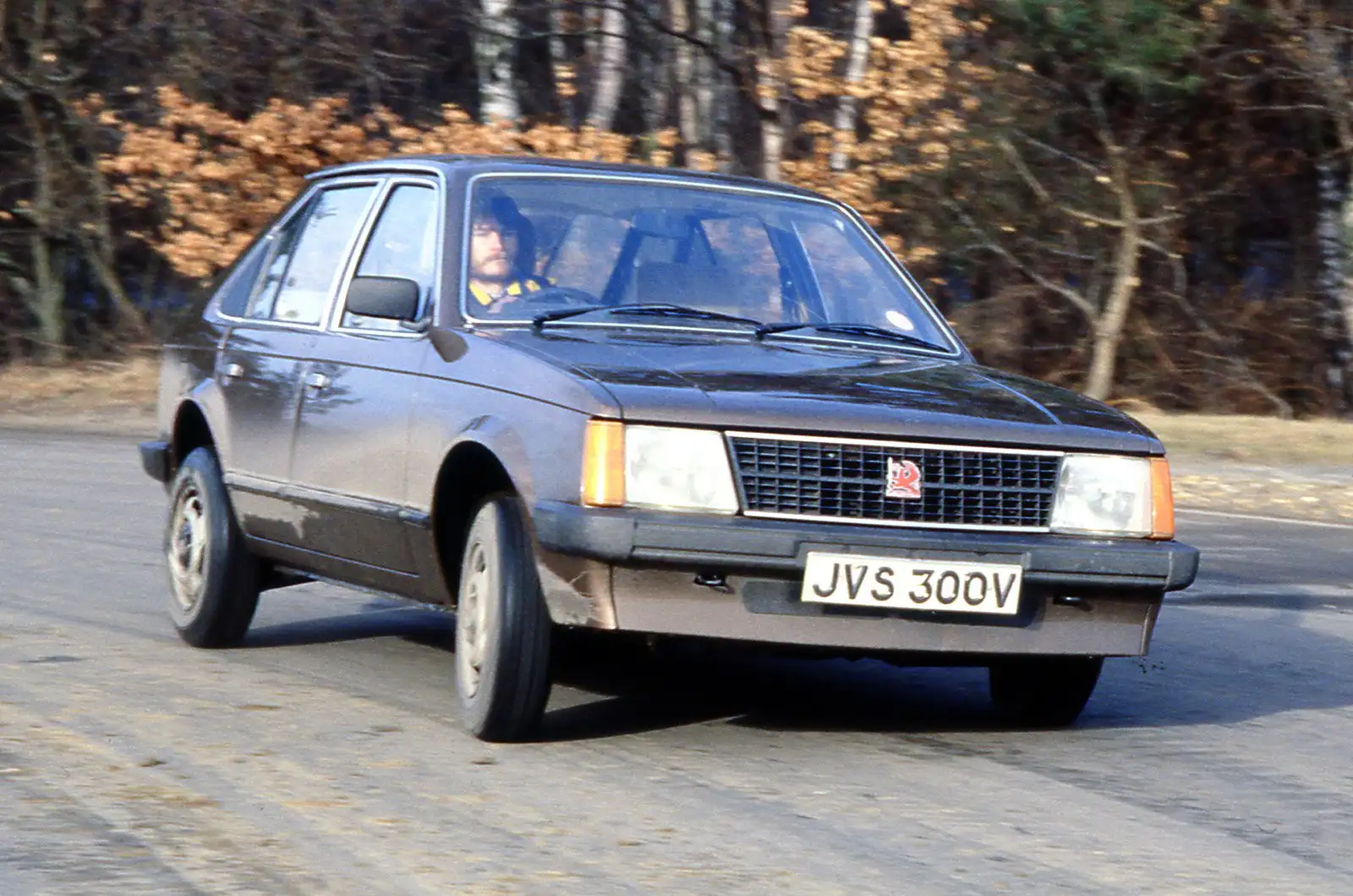


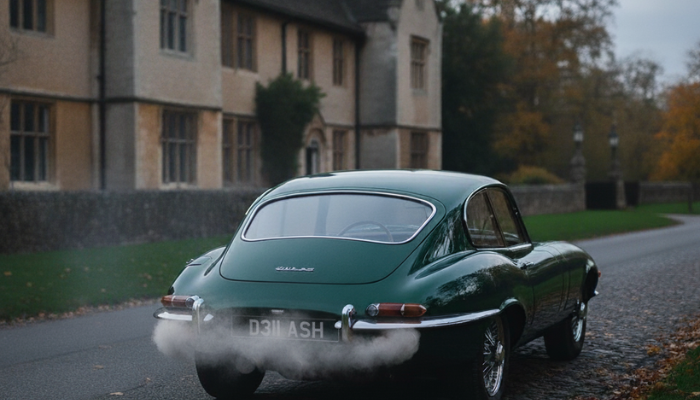

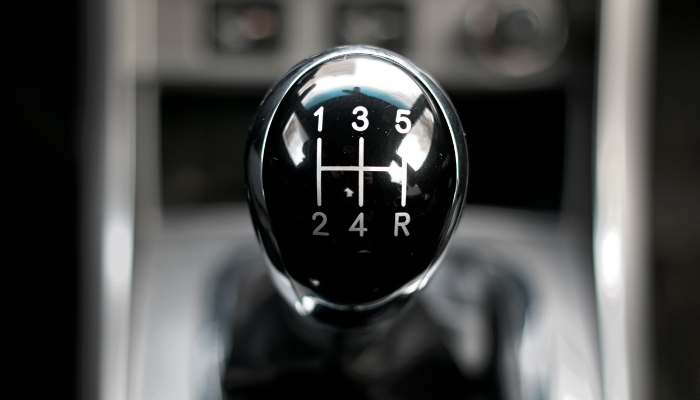
Leave A Comment